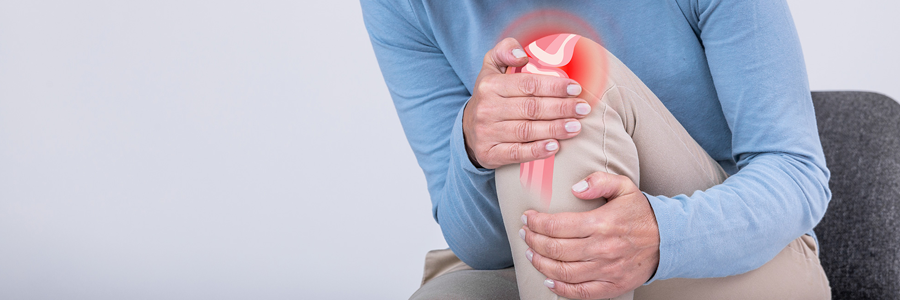Bone Doctor in Goregaon

Orthopedics is a medical specialty that focuses on diagnosing, treating, and preventing disorders related to the musculoskeletal system, which includes bones, joints, ligaments, tendons, and muscles. Bone treatment is a critical component of orthopedics, addressing conditions that range from fractures and dislocations to chronic diseases like osteoporosis and arthritis. Advances in medical technology and research have significantly improved the outcomes of orthopedic treatments, providing patients with effective solutions for maintaining mobility and quality of life. Dr Animesh Kumar is Bone Doctor in Goregaon.
Common Orthopedic Conditions
Orthopedic conditions can affect individuals of all ages and activity levels. Some of the most common conditions include:
- Fractures: Broken bones resulting from trauma, such as falls, car accidents, or sports injuries. Treatment typically involves realigning the bone fragments and immobilizing them with casts, braces, or surgical fixation.
- Arthritis: A group of diseases causing inflammation of the joints, leading to pain, stiffness, and decreased mobility. Osteoarthritis, rheumatoid arthritis, and gout are common types of arthritis.
- Osteoporosis: A condition characterized by weakened bones and increased risk of fractures. It is often seen in older adults and postmenopausal women due to decreased bone density.
Dr Animesh Kumar is Bone Doctor in Goregaon.
- Dislocations: Injuries where bones are forced out of their normal positions in joints. Dislocations are typically treated by manually realigning the bones and immobilizing the joint.
- Tendonitis: Inflammation of tendons, often caused by repetitive strain or overuse. Common areas affected include the shoulder (rotator cuff tendonitis), elbow (tennis elbow), and Achilles tendon.
Diagnosis and Evaluation
Accurate diagnosis is crucial for effective orthopedic treatment. Physicians use a combination of medical history, physical examinations, and imaging techniques to evaluate musculoskeletal conditions. Common diagnostic tools include:
- X-rays: Essential for detecting bone fractures, dislocations, and degenerative changes in the joints.
- MRI (Magnetic Resonance Imaging): Provides detailed images of soft tissues, including muscles, tendons, and ligaments, making it useful for diagnosing injuries like tendonitis or ligament tears.
Dr Animesh Kumar is Bone Doctor in Goregaon.
- CT Scans (Computed Tomography): Offer detailed cross-sectional images of bones and can detect complex fractures or bone tumors.
- Bone Density Tests: Measure bone mineral density (BMD) to diagnose osteoporosis and assess fracture risk.
- Arthroscopy: A minimally invasive procedure that allows direct visualization of joint interiors using a small camera, aiding in both diagnosis and treatment.
Treatment Options
Non-Surgical Treatments
Medications: Pain relievers (analgesics), anti-inflammatory drugs (NSAIDs), and corticosteroids are commonly prescribed to manage pain and inflammation associated with orthopedic conditions.
Physical Therapy: Customized exercise programs designed to strengthen muscles, improve flexibility, and restore function. Physical therapy is often essential for rehabilitation after injuries or surgeries.
Orthotic Devices: Braces, splints, and supports help immobilize and protect injured bones and joints, facilitating healing and preventing further injury.
Lifestyle Modifications: Weight management, ergonomic adjustments, and activity modifications can help alleviate symptoms and prevent exacerbation of conditions like arthritis and osteoporosis. Dr Animesh Kumar is
Bone Doctor in Goregaon.
Surgical Treatments
When non-surgical methods are insufficient, orthopedic surgery may be necessary. Common surgical procedures include:
- Fracture Repair: Surgical fixation of broken bones using metal plates, screws, rods, or pins to maintain proper alignment during healing.
- Joint Replacement: Total or partial replacement of damaged joints with artificial prostheses. Hip and knee replacements are the most common types.
- Arthroscopy: Minimally invasive surgery using a small camera and instruments to diagnose and treat joint problems. Procedures include repairing torn ligaments, removing loose cartilage, and treating joint inflammation.
- Spinal Surgery: Addressing conditions like herniated discs, spinal stenosis, and scoliosis. Techniques include discectomy, laminectomy, and spinal fusion.
- Bone Grafting: Transplanting bone tissue to repair or rebuild damaged bones, often used in cases of severe fractures or bone loss.
Advances in Orthopedic Treatment
Advancements in medical technology and research have led to significant improvements in orthopedic treatment, enhancing patient outcomes and recovery times.
- Robotic-Assisted Surgery: Robotic systems assist surgeons in performing precise and minimally invasive procedures, improving accuracy and reducing recovery times.
- Regenerative Medicine: Techniques like stem cell therapy and platelet-rich plasma (PRP) injections promote tissue healing and regeneration, offering new treatment options for conditions like tendonitis and osteoarthritis.
- 3D Printing: Custom-made implants and prostheses using 3D printing technology ensure a better fit and function, particularly in complex joint replacement surgeries.
- Telemedicine: Remote consultations and follow-up care using telemedicine platforms enhance access to orthopedic specialists, particularly for patients in remote or underserved areas.
Dr Animesh Kumar is Bone Doctor in Goregaon.
